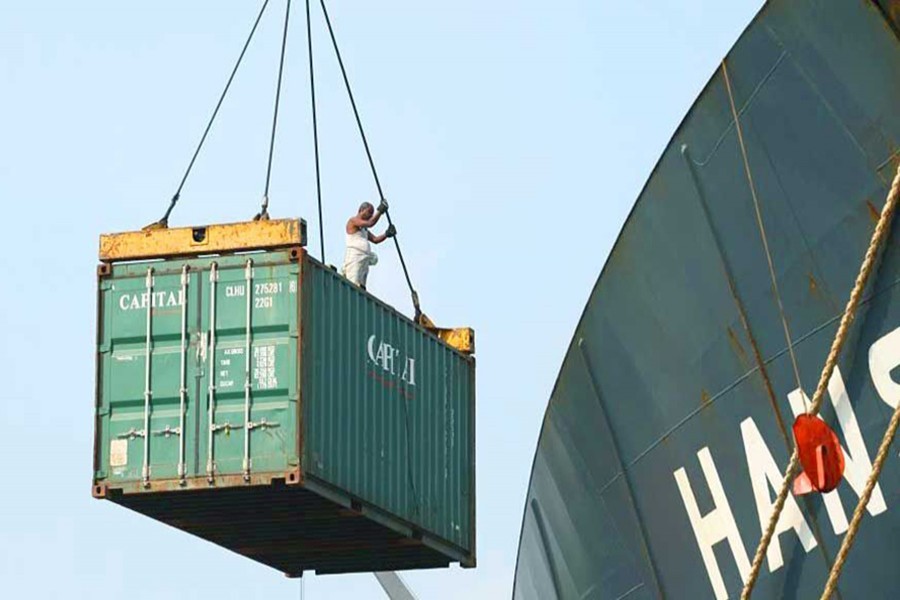The absence of an integrated automated system between the revenue board and some of the export processing zones is posing risk for revenue loss and delay in the customs process.
Currently, there is no Asycuda World (AW) system in some EPZs including Dhaka Export Processing Zone (DEPZ) and Nilphamari EPZ while the AW system installed in Adamjee EPZ is yet to be fully activated, customs officials said.
For this reason, the customs authorities have to carry out its activities, including scrutiny of bill of entry and bill of export, under manual system.
The Customs Bond Commissionerate, Dhaka has recently identified the barriers to its smooth operation in EPZs.
It has sent two separate letters to the National Board of Revenue (NBR), seeking AW integration in the EPZs.
In the letter, the commissionerate said information on EGM (Export General Manifest), bill of landing and warehouse (bond licence number) should be included in the AW to scrutinise actual export of a company.
The wing would be able to collect information on the exporters through EGM in the AW system to cross-check export of products, using the duty-free items, it said.
Integration of bond licence number in the AW will also help the customs officials know the volume and difference of export by bonded and non-bonded exporters.
He said it is required for trade facilitation and monitoring actual export by bonded companies. The NBR introduced the Asycuda World system in 2013 to automate its customs activities through integration with all customs houses.
Md Sawkat Hossain, commissioner of the wing, said they are facing difficulties in maintaining an expected pace on export-import activities due to the absence of the AW system in those EPZs, including DEPZ.
"The AW system is needed to ensure efficiency in the customs activities in EPZs and check irregularities."
The requirement of manpower will be reduced to a great extent while necessary documents could be stored in computer database on a permanent basis, he added.
In the letter, the bond commissioner also said the customs will be able to monitor EPZ activities from any places and customs houses or land customs stations could exchange information easily after installation of AW system.
The AW system will help maintain accounts data and all data relating to revenue collection would come under the automated accounting system, Mr Hossain said.
"Customs will be able to conduct post-clearance audit if all documents are preserved in electronic form," he wrote to NBR. He said the Adamjee EPZ has AW connection but it is yet to be implemented fully.
The Asycuda system is an automated system of customs data designed by the United Nations Conference on Trade and Development (UNCTAD) in Geneva to administer a country's customs.
ASYCUDA covers most foreign trade procedures and is used by over 90 countries worldwide.
The NBR introduced the AW system at Chattogram Customs House on July 1, 2013.
Talking to the FE, a senior official of NBR said they have taken initiative to upgrade the AW system and expand it in all EPZs.
He said installation of the AW in DEPZ is required to monitor inter-factory transfer of goods.
"Usually, imported products of export-oriented industries arrive through the customs ports where the AW system has already been installed," he said.
The bond commissionerate supervises the EPZ factories while the NBR is responsible for installing the AW system in all EPZs to help its supervision.


